Table of Contents
Welcome back to Weekly Dose of Space! This week had five launches worldwide, with the orbital missions supporting constellations. News from the week had Firefly going public, China testing its lunar lander and launching a drone ship, and Jim Lovell sadly passing away. As always, we'll also look ahead to what the worldwide launch schedule might look like next week.
Launches This Week
August 3rd - New Shepard for NS-34
Blue Origin conducted the NS-34 suborbital tourism mission from its West Texas launch site, carrying Arvi Bahal, Gökhan Erdem, Deborah Martorell, Lionel Pitchford, J.D. Russell, and Justin Sun. The vehicles performing this mission were booster NS4, flying for the fifteenth time, and capsule RSS First Step, making its fourteenth flight.
🔁 NS-34 Replay: Booster Touchdown! pic.twitter.com/WJfGY2mjNa
— Blue Origin (@blueorigin) August 3, 2025
New Shepard's booster touching down during the NS-34 mission, via Blue Origin on Twitter.
August 4th - Falcon 9 with Starlink Group 10-30
A Falcon 9 launched from Space Launch Complex 40, in Florida, carrying twenty-eight Starlink satellites to low Earth orbit. Booster B1080 supported this mission, flying for the twenty-first time and landing on the drone ship 'Just Read The Instructions' downrange.
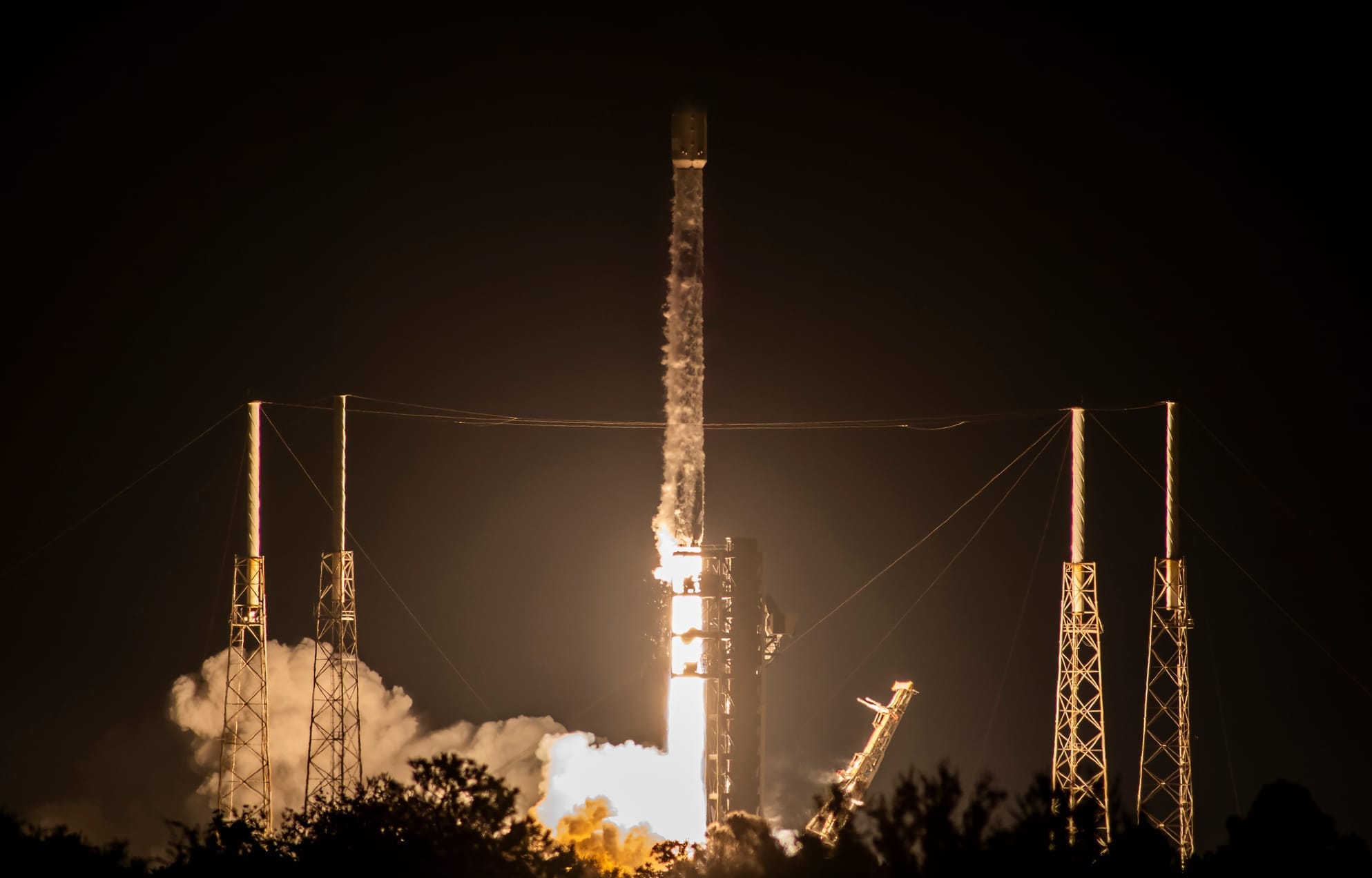
August 4th - Long March 12 with GuoWang Group 07
Atop a Long March 12 from the Wenchang Commercial Space Launch Site, the seventh batch of GuoWang satellites, with 9 onboard, headed to low Earth orbit. With the launch, the GuoWang constellation has 57 spacecraft in orbit.

August 5th - Electron for 'The Harvest Goddess Thrives'
Rocket Lab launched a synthetic aperture radar satellite to low Earth orbit for iQPS, from Launch Complex 1B on the Māhia Peninsula in New Zealand. This launch carried the twelfth satellite of thirty-six for iQPS' imaging constellation that aims to image the same spot on Earth every ten minutes.
Ok this might be my tweet of the year so far….Here is the Kickstage doing a cheeky flyby past the new stage 2 camera. pic.twitter.com/X9O7yZHOza
— Peter Beck (@Peter_J_Beck) August 6, 2025
Rocket Lab's kick-stage in space, as seen by Electron's second-stage, via Peter Beck on Twitter.
August 8th - Jielong-3 with Future Mobility Group 04
A Jielong-3 flew into low Earth orbit, from a sea launch ship off the coast of Rizhao, carrying 11 satellites for Geespace, a subsidiary of automaker Geely, to expand the Geely Future Mobility Constellation. With the launch, the constellation now has 41 spacecraft in orbit.
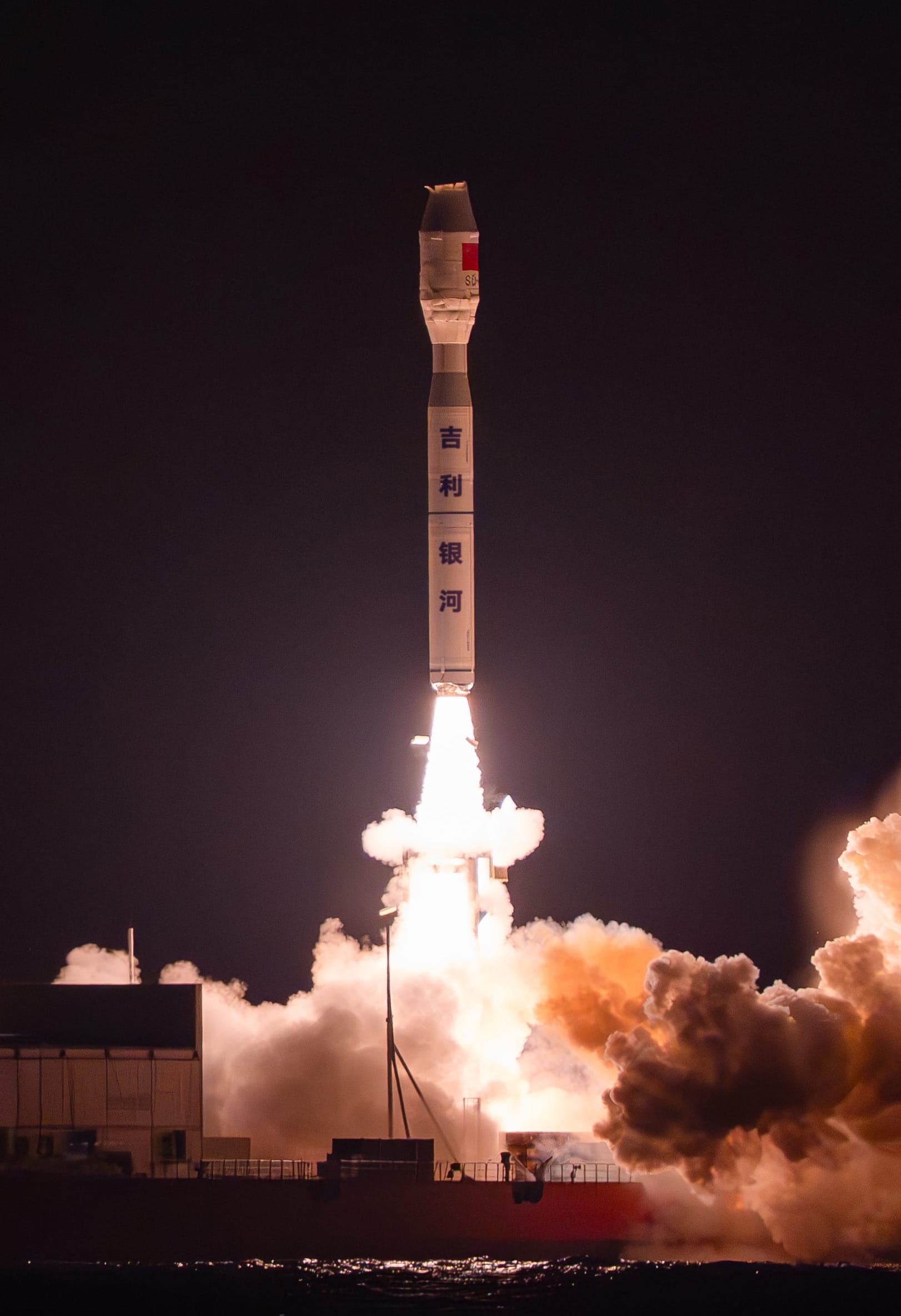
In Other Space News
China tests crewed lunar lander
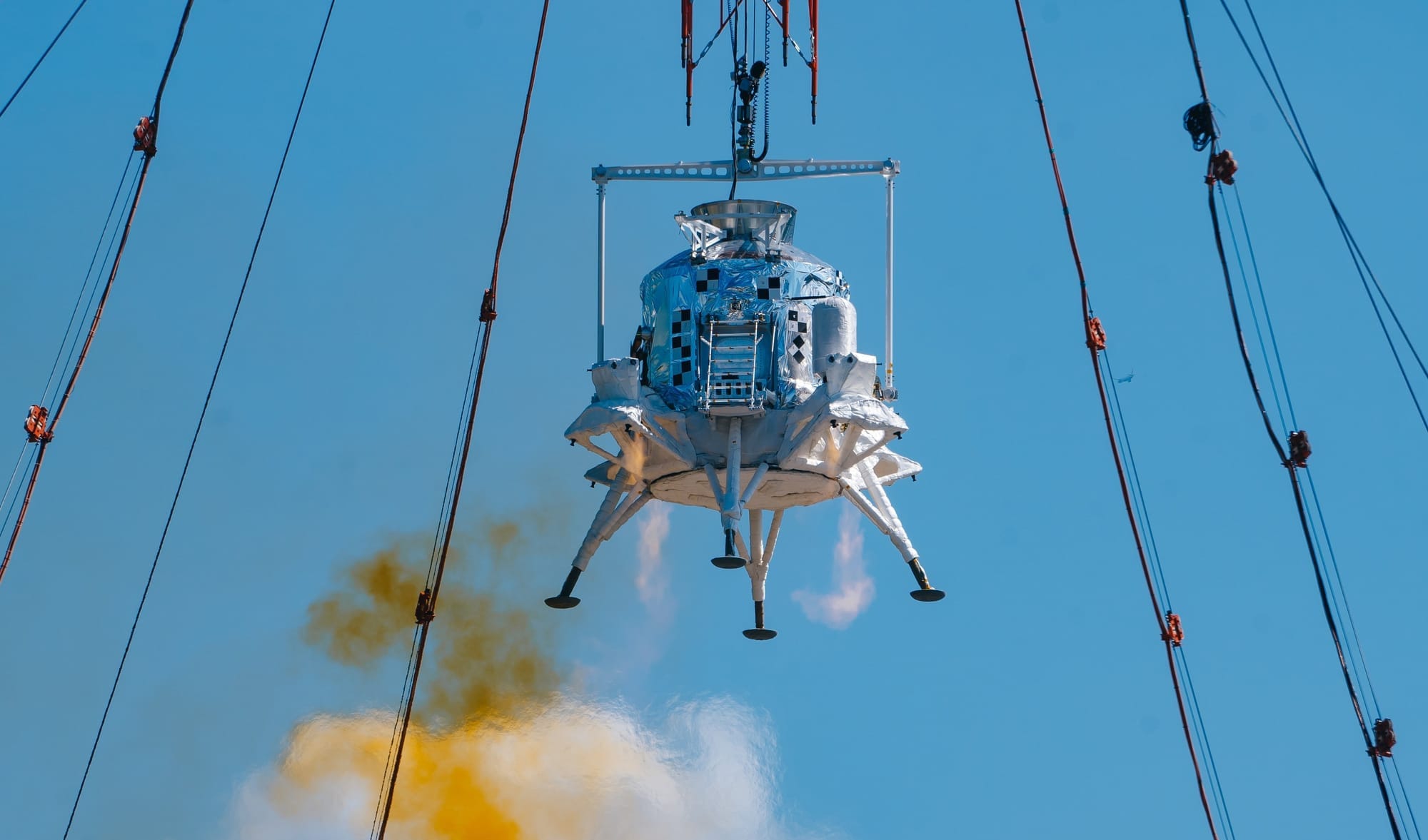
On August 7th, China's various space agencies and enterprises announced the conclusion of a series of tests with the country's Lanyue lunar lander, set to carry crew to the Moon's surface around 2029. To test the spacecraft, it was attached to an extraterrestrial gravity simulator to simulate lunar gravity.
For the tests, said to be over ten, a full-scale Lanyue vehicle outfitted with its various thrusters and four main engines, without their nozzles for vacuum optimization, flew within the gravity simulator to verify control coordination across the many thrusters. Sun Xingliang, of the China Aerospace Science and Technology Corporation, stated the following regarding what tests were performed.
"Among these, ignition tests are the top priority. The tests needed to complete over 10 ignition tests including normal flight, emergency flight, and takeoff from different lunar surface slopes, fully verifying the lander's landing and takeoff control scheme, propulsion system, electrical system, and interface compatibility between systems."
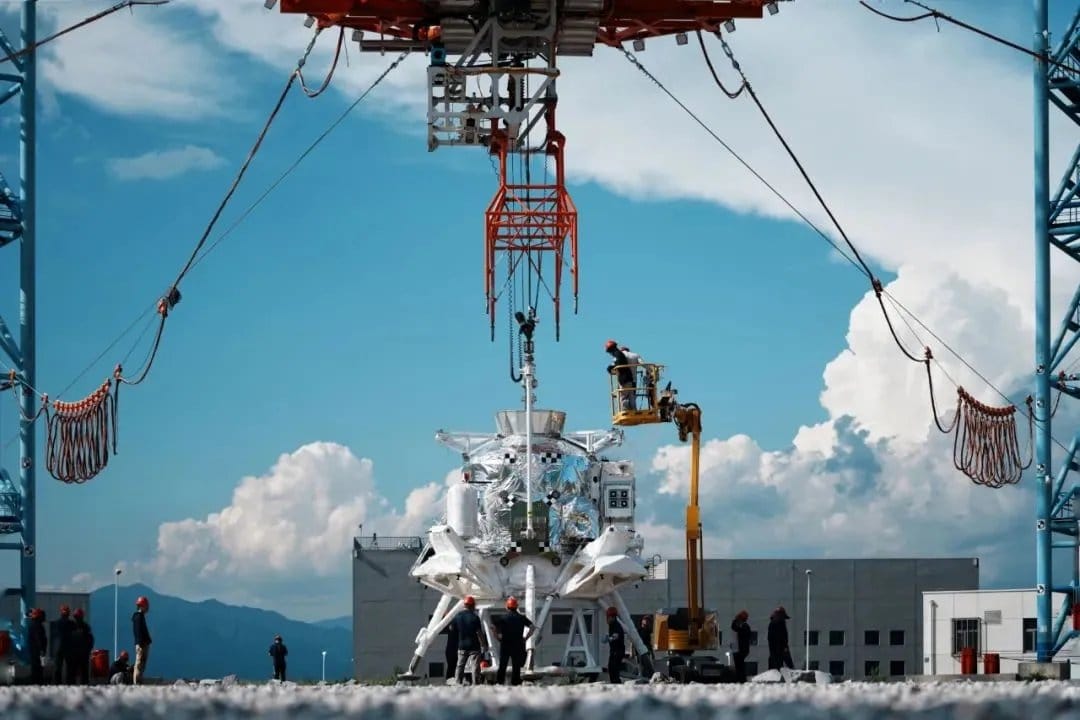
Further tests of Lanyue are planned for the near future, although a timeline was not disclosed. Those tests include in-space missions to verify spacecraft systems, along with a possible unmanned lunar landing to prove the entire vehicle, including its braking stage.
Lanyue's tests in the gravity simulator follows a launch pad abort test performed by the Mengzhou crew capsule, designed to carry taikonauts around the Moon, in late June.
Jim Lovell passes away at 97
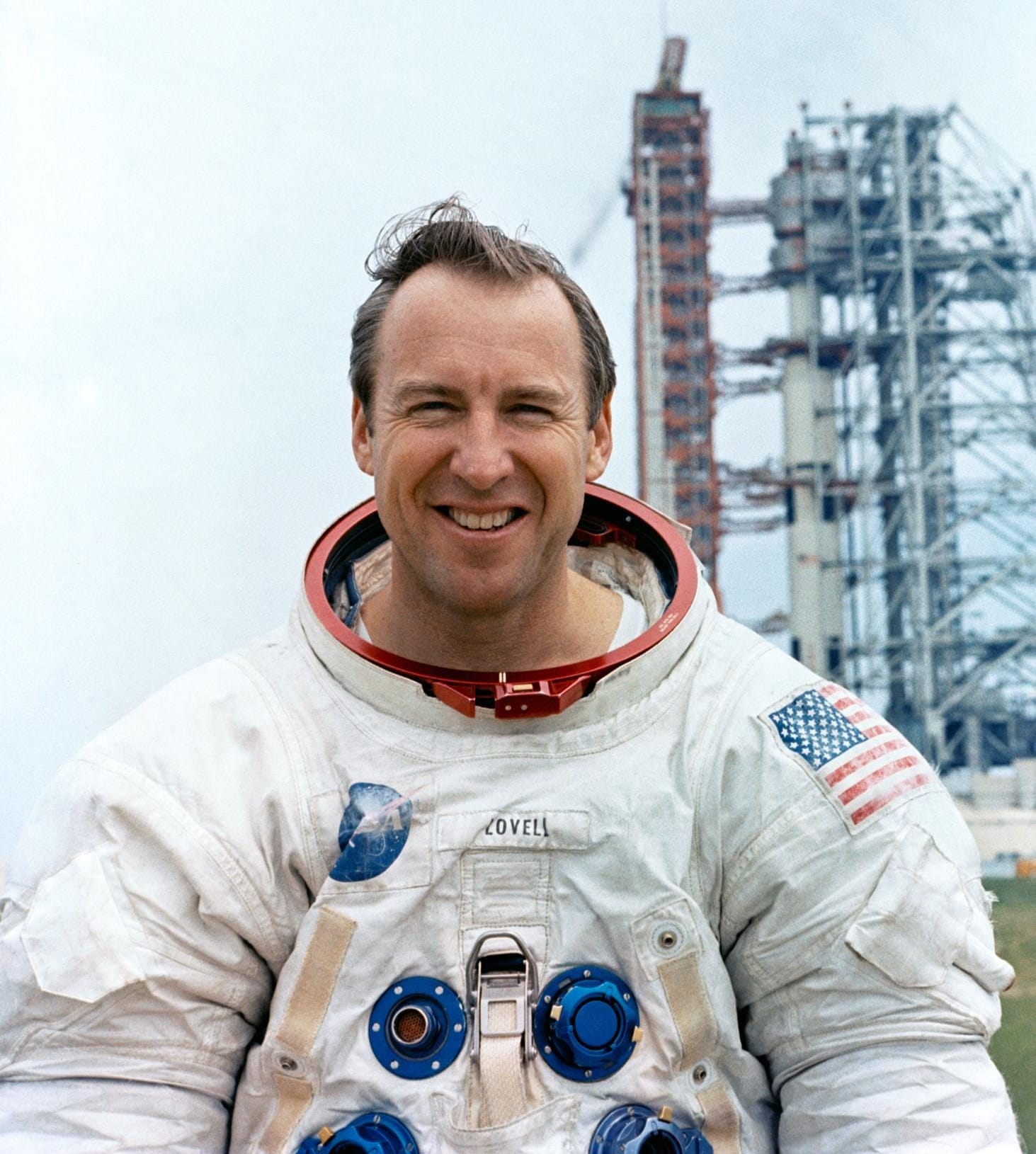
Jim Lovell, Commander of the Apollo 13 and Gemini 12 missions, along with flying for the Apollo 8 and Gemini 7 missions, passed away at the age of 97 on August 8th, in Lake Forest, Illinois. NASA celebrated his life with the following statement:
"NASA sends its condolences to the family of Capt. Jim Lovell, whose life and work inspired millions of people across the decades. Jim’s character and steadfast courage helped our nation reach the Moon and turned a potential tragedy into a success from which we learned an enormous amount. We mourn his passing even as we celebrate his achievements."
"From a pair of pioneering Gemini missions to the successes of Apollo, Jim helped our nation forge a historic path in space that carries us forward to upcoming Artemis missions to the Moon and beyond."
"As the Command Module Pilot for Apollo 8, Jim and his crewmates became the first to lift off on a Saturn V rocket and orbit the Moon, proving that the lunar landing was within our reach. As commander of the Apollo 13 mission, his calm strength under pressure helped return the crew safely to Earth and demonstrated the quick thinking and innovation that informed future NASA missions."
"Known for his wit, this unforgettable astronaut was nicknamed Smilin’ Jim by his fellow astronauts because he was quick with a grin when he had a particularly funny comeback."
"Jim also served our country in the military, and the Navy has lost a proud academy graduate and test pilot. Jim Lovell embodied the bold resolve and optimism of both past and future explorers, and we will remember him always."
China launches first rocket recovery ship

Chinese launch company iSpace launched its first drone ship, also China's first, on August 5th in Jiangsu province. The drone ship is stated to be 42 meters wide and 100 meters long, with a booster landing area of 40 by 60 meters for Hyperbola-3 boosters, while displacing 17,000 tons.
At the launch ceremony of the drone ship, Peng Xiaobo, iSpace's Chairman, shared:
"As China's first launch vehicle recovery ship, the 'Interstellar Homecoming' has explored and established new standards for the integration of our country's aerospace and shipbuilding industries, serving as a typical demonstration and leading role for the construction of subsequent launch vehicle recovery ships in our country. It fills a gap in domestic offshore engineering vessel types. From today forward, our country's offshore engineering fleet adds launch vehicle recovery ships as a new vessel category. The 'Interstellar Homecoming' is the concrete embodiment of our dream to explore the stars and seas, giving us confidence and strength."
iSpace's drone ship may recover a Hyperbola-3 first-stage booster toward the end of the year during the rocket's debut flight. Before then, the ship will undergo sea trials to ensure its mechanical and electrical systems are functioning as expected.
Firefly raises 868 million through IPO
Having announced its initial public offering in early July, Firefly Aerospace went public on August 6th through the sale of about 19.3 million shares, allowing the company to raise around 868.3 million United States Dollars. Sale of shares began at 45 dollars, before rising to seventy dollars, then falling to around 50 on August 8th.
What to Expect Next Week
August 10th - Falcon 9 with Starlink Group 17-4
Twenty-four more Starlink satellites are preparing to head to low Earth orbit from Space Launch Complex 4E, in California, via a Falcon 9.
August 12th - Falcon 9 with Starlink Group 10-20
Another twenty-eight Starlink satellites are expected to launch on a Falcon 9 from Space Launch Complex 40, heading for low Earth orbit.
August 13th - Vulcan with USSF-106
United Launch Alliance's Vulcan rocket is preparing to launch the USSF-106 mission to geostationary space on behalf of the U.S. military. This mission will have Vulcan fly with four solid rocket boosters for the first time.
August 13th - Ariane 6 with METOP-SG A1
Europe's Ariane 6 is planning to launch a second-generation polar-orbiting operational meteorological satellite into a sun-synchronous orbit.
August 13th - Long March 5B with GuoWang Group 08?
A Long March 5B, with a Yuanzheng-2 upper-stage, is preparing to launch to low Earth orbit from the Wenchang Space Launch Site. This launch may carry the eighth group of GuoWang satellites.
August 13th - Falcon 9 with Starlink Group 17-5
More Starlink satellites are planned to be delivered to low Earth orbit via a Falcon 9 from Space Launch Complex 4E.
August 15th - Falcon 9 with Starlink Group 10-11
Another Falcon 9 is set to carry a batch of Starlink satellites to low Earth orbit from Space Launch Complex 40.







